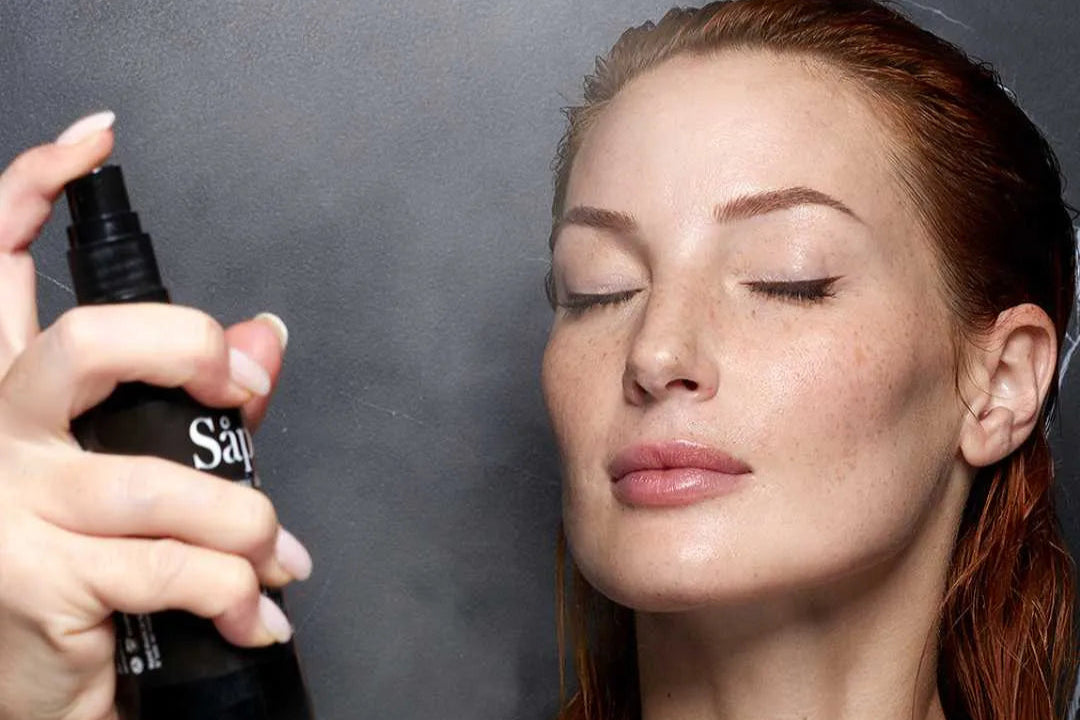What are cracked heels?
Cracked heels, also known as heel fissures, are a common problem where the skin on the heels becomes dry, hard, and cracked. This condition can range from small, superficial fissures to deep, painful cracks.
Cracked heels are primarily caused by a lack of moisture and proper skin care in this area. Some factors that can contribute to the appearance of cracked heels include:
- Dry skin : Lack of proper hydration in the feet can cause the skin to dry out and become more prone to cracking.
- Environmental Exposure: Prolonged exposure to dry or hot environments, especially without adequate protection, can contribute to dry, cracked heels.
- Overuse of open-toed shoes: Constantly wearing sandals or open-toed shoes can cause the skin on your heels to become dry and subject to friction, increasing the risk of cracking.
- Genetic factors : Some people may have a genetic predisposition to having drier skin, which can increase the likelihood of cracked heels.

Cracked heels can be not only a cosmetic issue, but can also cause discomfort and pain when walking. Furthermore, deep cracks can be susceptible to infection if not treated properly.
To prevent cracked heels, we recommend the following:
- Regular hydration : Apply a moisturizing cream or foot lotion daily, paying special attention to your heels. You can use our calendula-based body repair cream, as it leaves your skin hydrated, soft, and silky-smooth. It also contains aloe vera, a natural ingredient with regenerating and moisturizing properties. You can also use natural oils and butters, such as shea butter, olive oil, or almond oil , to nourish your skin and prevent dehydration.
-
Gentle exfoliation : Use a pumice stone or file to smooth dry skin and remove dead skin cells from your heels. Do this gently and don't overdo it to avoid further skin irritation.

- Wear appropriate socks and footwear : Wear cotton socks or breathable materials to maintain moisture and prevent excessive friction. Also, choose closed-toe shoes that provide support and protection for your heels.
- Avoid prolonged exposure to dry environments: If you are in a dry environment, consider using nourishing creams or oils more frequently and protecting your feet with socks and closed shoes .
- Drink enough water: Maintaining good hydration from within can also help keep your skin in good condition, including your heels.
If cracked heels persist or cause pain, it is advisable to consult a podiatrist or dermatologist for an accurate diagnosis and further treatment recommendations.
Natural remedies to treat cracked heels and have soft skin
There are several natural remedies that can help treat cracked heels. Below are our favorites:
- Warm Water Soak: Soak your feet in warm water for 15-20 minutes to soften the skin before treating cracked heels. Adding sea salt or essential oils like lavender or tea tree to the water can provide additional benefits.
-
Sugar and Oil Exfoliation: Mix granulated sugar with olive oil to create a natural exfoliant. Gently massage the mixture onto cracked heels to remove dead skin cells and smooth the surface.

- Applying natural oils: Use natural oils such as almond oil, olive oil, or rosehip oil on cracked heels. These oils help nourish and soften the skin.
- Aloe vera : Apply fresh aloe vera gel to cracked heels. Aloe vera has moisturizing, healing, and soothing properties that can help promote healing of cracks and relieve irritation.
- Shea Butter : Shea butter is known for its nourishing and softening properties. Apply a small amount of shea butter to cracked heels and massage gently until absorbed.
Remember that each person is different and may respond differently to natural remedies, but we assure you that, by dedicating very little time each day, you will notice results very quickly.









